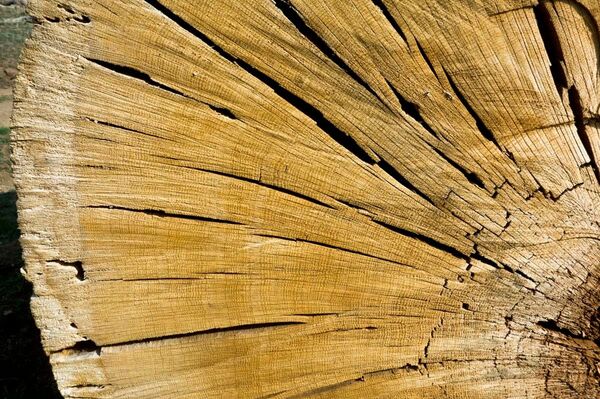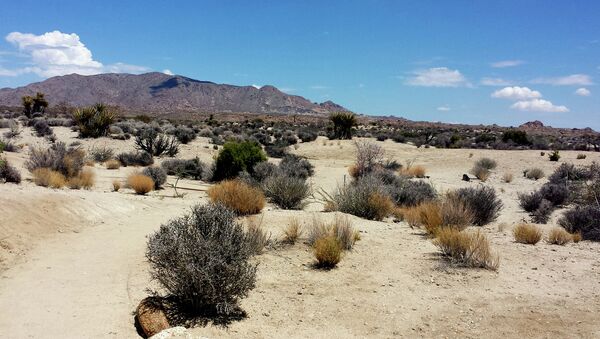A new study, which analyzed data derived from tree rings, has concluded the current record-breaking drought in California is the worst water shortage in at least 1,200 years.
The researchers combined data from a number of sources, including a research tool called the North American Drought Atlas, plus samples taken from the cores of blue oak trees native to California. The width of the rings of these trees is very sensitive to changes in moisture levels.
“California’s old blue oaks are as close to nature’s rain gauges as we get,” explained one of the study’s authors, Daniel Griffin, a researcher at the University of Minnesota.

Tree Tales
The tale told by these tree rings is shocking.
According to the study, “the current event is the most severe drought in the last 1,200 years, with single year (2014) and accumulated moisture deficits worse than any previous continuous span of dry years…In terms of cumulative severity, it is the worst drought on record, more extreme than longer droughts.”
The data from the analysis showed the current record drought is the result of a 1-2 punch.
While precipitation levels in the Golden State have been quite low over the last 3 years, meagre rainfall there is not unprecedented. But recent low numbers are compounded by record hot temperatures.
The study concludes: “temperature could have exacerbated the 2014 drought by approximately 36%. These observations … suggest that high temperatures have combined with the low but not yet exceptional precipitation deficits to create the worst short-term drought of the last millennium for the state of California”
Man-Made Disaster
But it’s what the study says next that should set off alarm bells:
“Future severe droughts are expected to be in part driven by anthropogenic influences and temperatures outside the range of the last millennium.”
In other words, man-made climate change is likely to spur even more severe water shortages for California in the future, especially when record-setting temperatures are combined with low levels of precipitation.
Even though lots of rain has fallen in California over the course of the last week or so, a water emergency is still in effect. More than half the state is still experiencing an “exceptional drought” and many reservoirs are sitting at well below their average levels. It will take a lot more rain to get them back to where they need to be.
— Laurie Voss (@seldo) December 2, 2014
Persistent Pressure
That change, however, may not be in the cards. A ridge of high pressure has been sitting off the coast of California for several years — it's known as the “Ridiculously Resilient Ridge” for its legendary persistence. This ridge has the effect of pushing storms to the north of California, diverting precious precipitation from the state. Another study shows that these types of ridges are likely to sit and stay off the California coast when high levels of greenhouse gases are pumped into the atmosphere. Reducing carbon emissions seems like a surefire way to get California swimming in water again.




